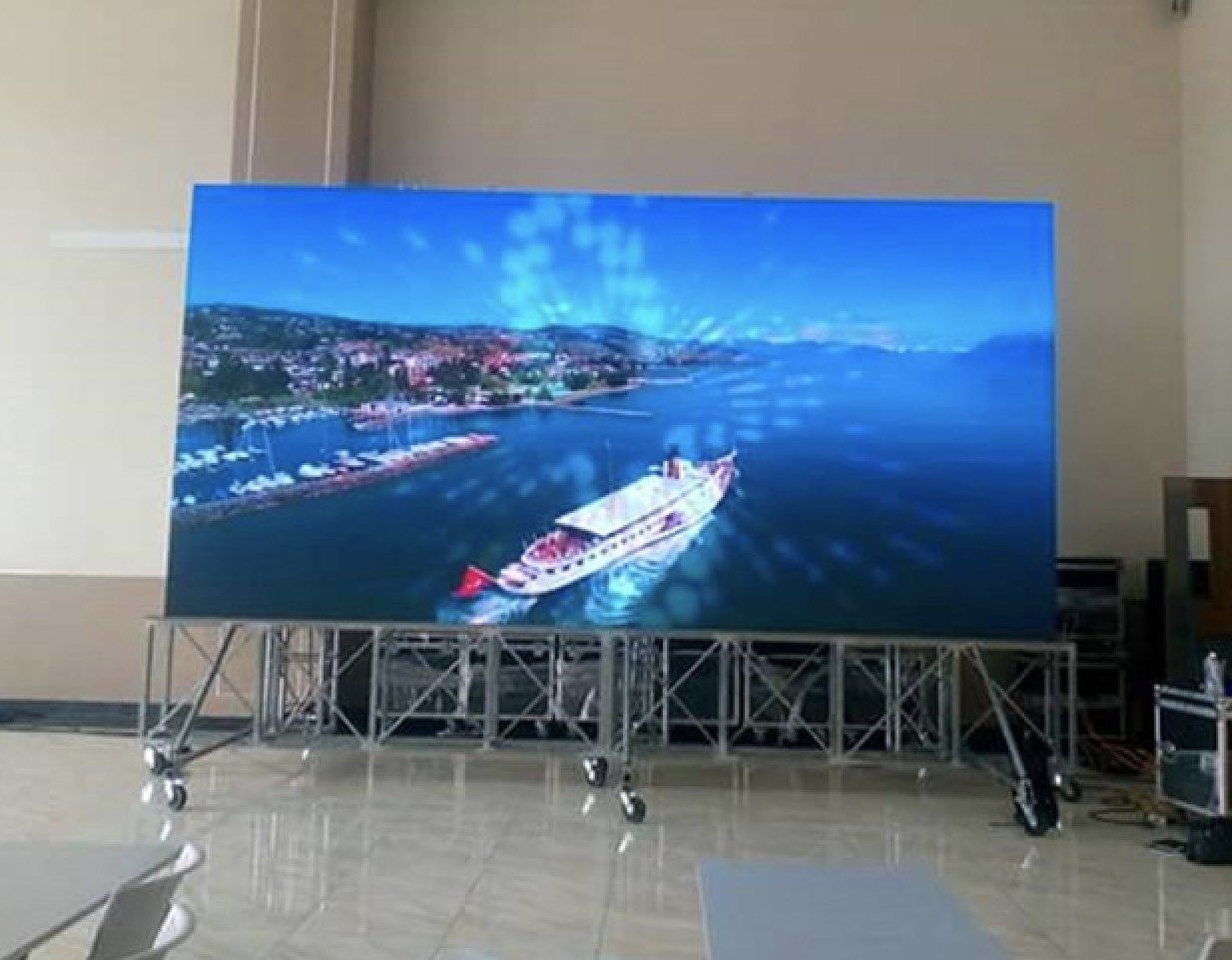Efficient Tactics for Overcoming Temperature Challenges in Light Emitting Diode Display Panels
Wiki Article
LED panel panels are progressively popular for multiple applications, including promotion, functions, and digital displays. However, excess heat is a major challenge that can impact their functionality and lifespan. When LED panels overheat, they may dim, color shift, or even malfunction entirely. Understanding the reasons and applying efficient strategies to manage heat can help preserve the ideal operation of LED panel panels. This article will explore several approaches to address overheating challenges associated with these units.
One effective strategy for preventing overheating in LED wall screens is guaranteeing adequate ventilation. It is crucial to place these screens in environments where air circulation is sufficient. This can be achieved by placing the panels in a properly aired space or utilizing blowers to improve airflow around the units. Additionally, if the panels are mounted in a confined space, establishing gaps or implementing air ducts can help release heat more efficiently. Maintaining a cooler ambient temperature is vital, as it immediately impacts the performance and lifespan of LED wall panels.
Another way to address excess heat is through the application of heat control substances. These substances can help absorb, dissipate, or redirect heat away from the LED components. Heat sinks are commonly used in many digital units, such as LED panels. These metal components pull heat away from the LED components, allowing them to operate at a safer heat level. Additionally, heat-conducting paste or pads can be applied to enhance heat transfer between the LED chips and the heat sinks, further enhancing their chilling effectiveness.

Regular maintenance and oversight of LED panel screens also play a critical role in stopping overheating. Dust and debris can accumulate on the surfaces of these panels, obstructing airflow and trapping heat. Regular cleaning, using appropriate tools, will keep the screens free from obstructions. Furthermore, tracking the heat level of the screens can help detect excess heat problems before they become severe. Using temperature sensors can provide valuable data, allowing users to take corrective steps if the screens begin to exceed safe operating temperatures.
The implementation of cutting-edge techniques can also help tackle excess heat issues in LED panel screens. Many contemporary LED panels come equipped with built-in thermal management systems. These systems can automatically adjust the brightness of the display based on the temperature, reducing heat generation when necessary. Additionally, program solutions can track the functionality of the panels and provide notifications if overheating is detected. Incorporating these technologies can significantly improve the longevity and reliability of LED wall panels.
In summary, controlling excess heat in LED panel screens is crucial for guaranteeing their functionality and durability. Applying methods such as ensuring adequate ventilation, utilizing thermal management materials, conducting routine care, and utilizing advanced technology can help reduce excess heat issues. By implementing these proactive steps, users can benefit from the complete advantages of Get More Information LED wall panels while minimizing the risk of heat-related issues. This approach not only enhances the performance of the panels but also adds to a much eco-friendly and efficient use of technology in multiple uses.